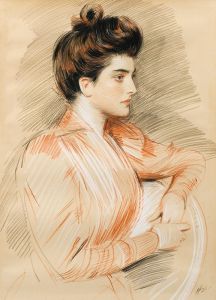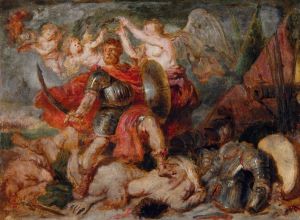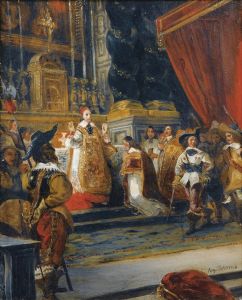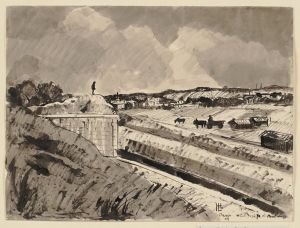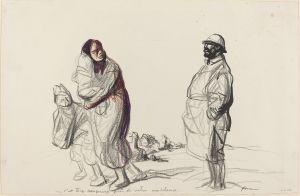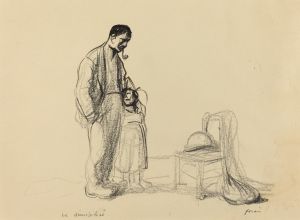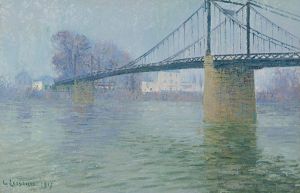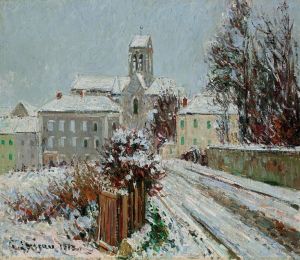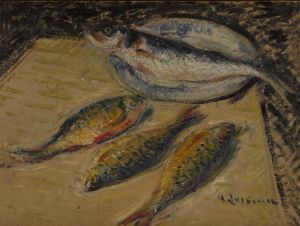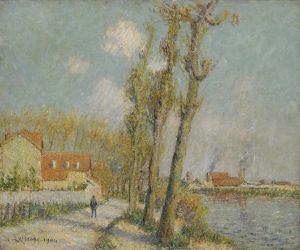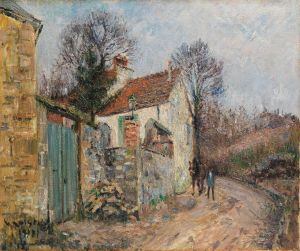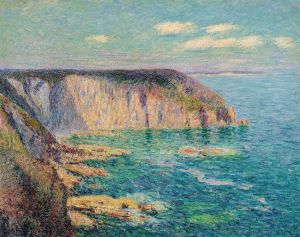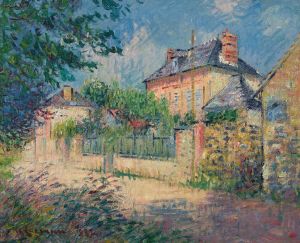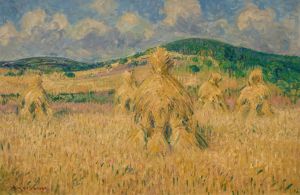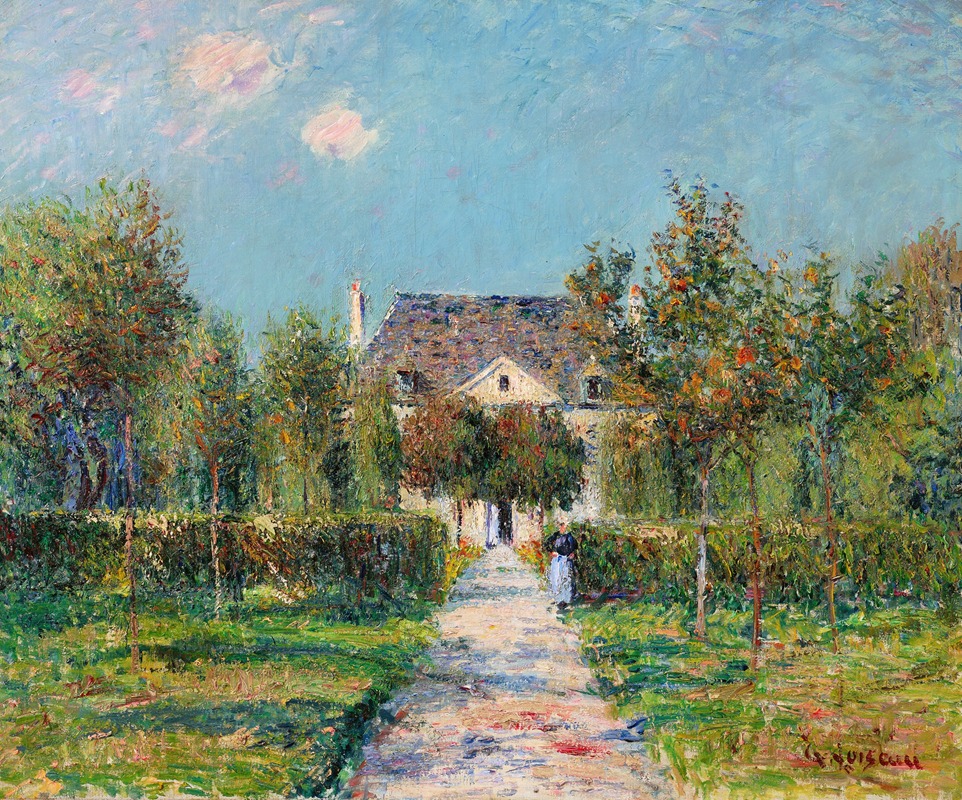
L’hôtel de Mademoiselle Ernestine, Saint-Jouin ou Le verger de Mademoiselle Ernestine, Saint-Jouin
A hand-painted replica of Gustave Loiseau’s masterpiece L’hôtel de Mademoiselle Ernestine, Saint-Jouin ou Le verger de Mademoiselle Ernestine, Saint-Jouin, meticulously crafted by professional artists to capture the true essence of the original. Each piece is created with museum-quality canvas and rare mineral pigments, carefully painted by experienced artists with delicate brushstrokes and rich, layered colors to perfectly recreate the texture of the original artwork. Unlike machine-printed reproductions, this hand-painted version brings the painting to life, infused with the artist’s emotions and skill in every stroke. Whether for personal collection or home decoration, it instantly elevates the artistic atmosphere of any space.
Gustave Loiseau (1865–1935) was a French Post-Impressionist painter known for his landscapes and scenes of rural life. He was associated with the Pont-Aven School and was influenced by the Impressionists, particularly Claude Monet and Camille Pissarro. Loiseau is recognized for his distinctive brushwork and his ability to capture the changing effects of light and atmosphere in his paintings.
One of Loiseau's works, "L’hôtel de Mademoiselle Ernestine, Saint-Jouin" or "Le verger de Mademoiselle Ernestine, Saint-Jouin," exemplifies his style and thematic focus. This painting depicts a scene in the village of Saint-Jouin, which is located in the Normandy region of France. The title suggests a focus on a hotel or an orchard belonging to a woman named Ernestine, although specific historical details about Ernestine or the exact location are not well-documented.
Loiseau's technique often involved the use of short, broken brushstrokes, which he employed to convey the movement and vibrancy of the natural world. This method is evident in "L’hôtel de Mademoiselle Ernestine, Saint-Jouin," where he captures the interplay of light and shadow across the landscape. The painting likely features lush greenery and possibly a building or orchard, consistent with Loiseau's interest in rural settings and his ability to depict them with a sense of immediacy and vitality.
The artist's palette typically included a range of greens, blues, and earth tones, which he used to create a harmonious and balanced composition. Loiseau was adept at rendering the subtle variations in color and light that occur throughout the day and across different seasons, a skill that is likely reflected in this work.
Loiseau's paintings are appreciated for their serene and contemplative qualities, inviting viewers to experience the tranquility of the French countryside. His works are held in various public and private collections, and he remains a respected figure in the history of French art for his contributions to the Post-Impressionist movement.
While specific exhibitions or critical receptions of "L’hôtel de Mademoiselle Ernestine, Saint-Jouin" are not extensively documented, Loiseau's work in general was well-regarded during his lifetime and continues to be studied and admired today. His ability to capture the essence of rural France with authenticity and sensitivity has ensured his place in the canon of landscape painting.
Overall, "L’hôtel de Mademoiselle Ernestine, Saint-Jouin" is a testament to Gustave Loiseau's skill as a painter and his dedication to depicting the beauty of the natural world. Through his careful observation and masterful technique, Loiseau has left a lasting impression on the art world, offering viewers a glimpse into the serene and picturesque landscapes of early 20th-century France.





